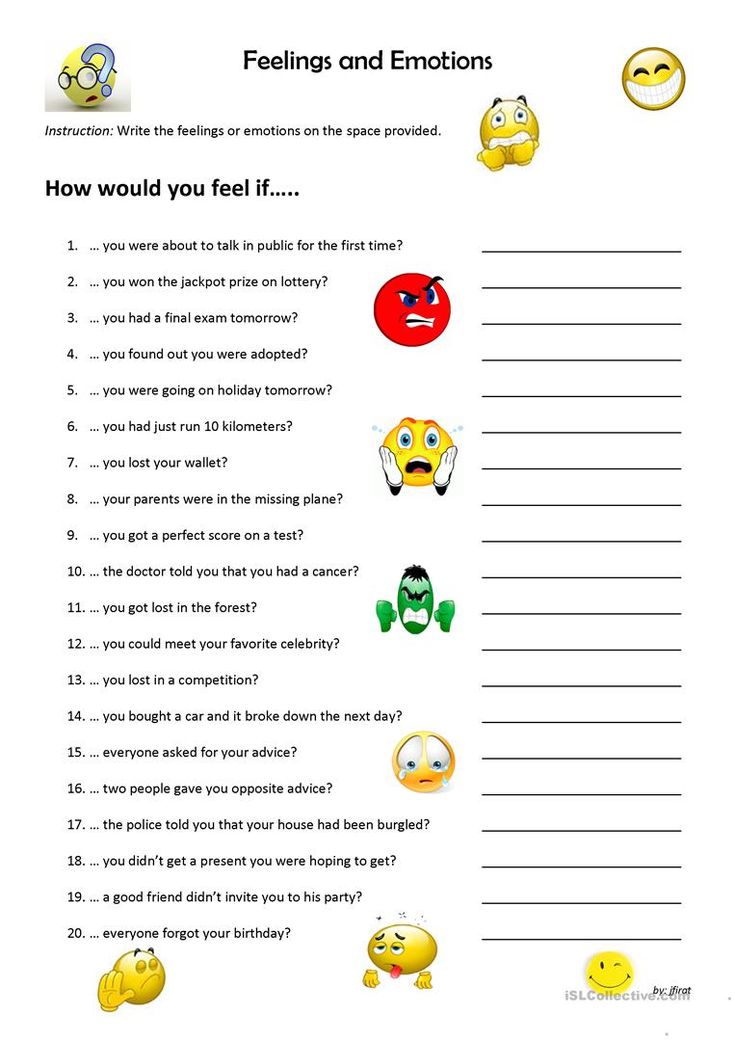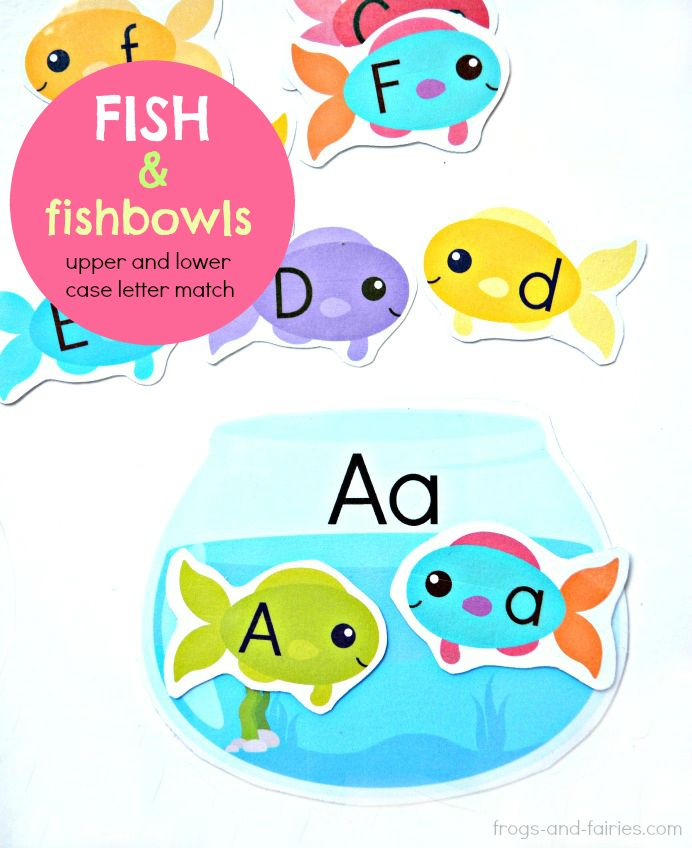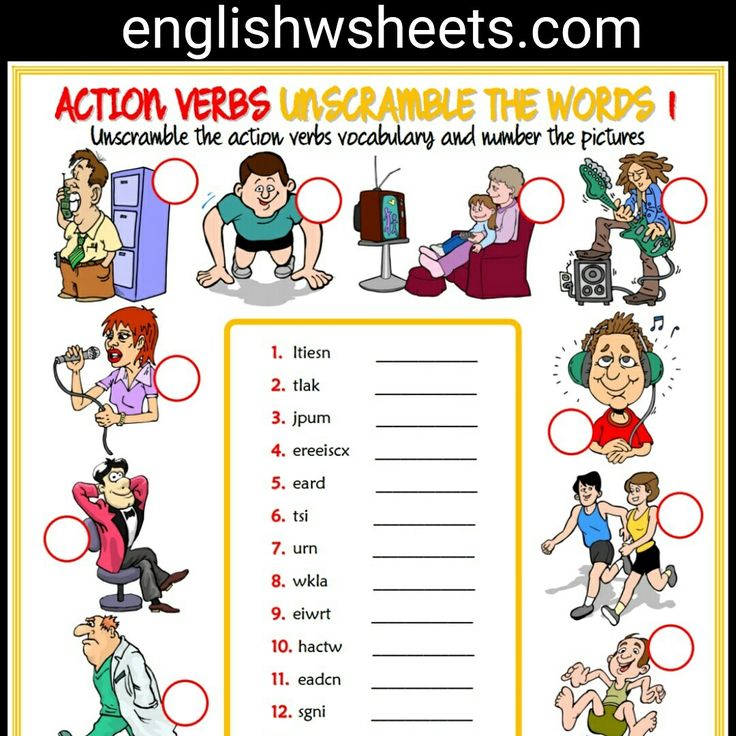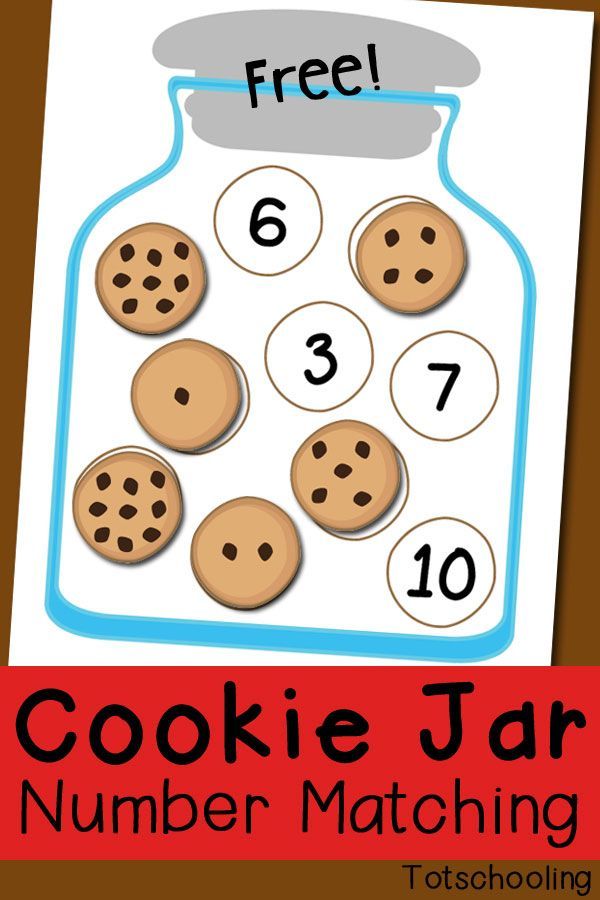Teaching about feelings
Lessons and Activities to Build Self-Awareness – Proud to be Primary
Teaching emotions for kids is easy with these social-emotional learning ideas and activities for the classroom.
Social-emotional learning is a key component in teaching young children. You’ll find that a good part of your day is spent educating your students about how to recognize, manage and express feelings. Because of this, below are engaging ways to teach emotions for kids in your classroom.
Everything You Must Know to Teach Emotions to Kids
Why do students need help learning how to express healthy emotions and feelings?
Students learn healthy emotional habits and ways of expressing their feelings in several ways. They learn at home as well as in their interactions with their family and friends. Children tend to pick these things up naturally. They learn by watching how others respond and mimicking their behavior. Many kids are active in their churches, community centers, sports, and hobbies.
In those places, they learn how to interact with friends and neighbors as well.
But, what about the students who don’t have such opportunities?
It’s up to us, as educators, to model, teach, and encourage them to practice healthy emotional responses to everyday situations and events! Helping children to express their feelings and handle difficult situations with calm is our ultimate goal.
1. Helping Kids Identify Different Emotions
Children should be taught the language necessary to label and identify the different emotions they may experience. The reason is, we need to let them know that feeling different emotion is normal. By giving them the vocabulary needed to describe how they’re feeling, you are encouraging them to express themselves productively.
- Recognizing Facial Expressions and Body Language: Children need to learn how to identify their own emotions, as well as others. One way to do this is by learning to pay attention to their own body signals, such as a frown and queasy stomach when nervous, or balled fists and tight shoulders when angry.
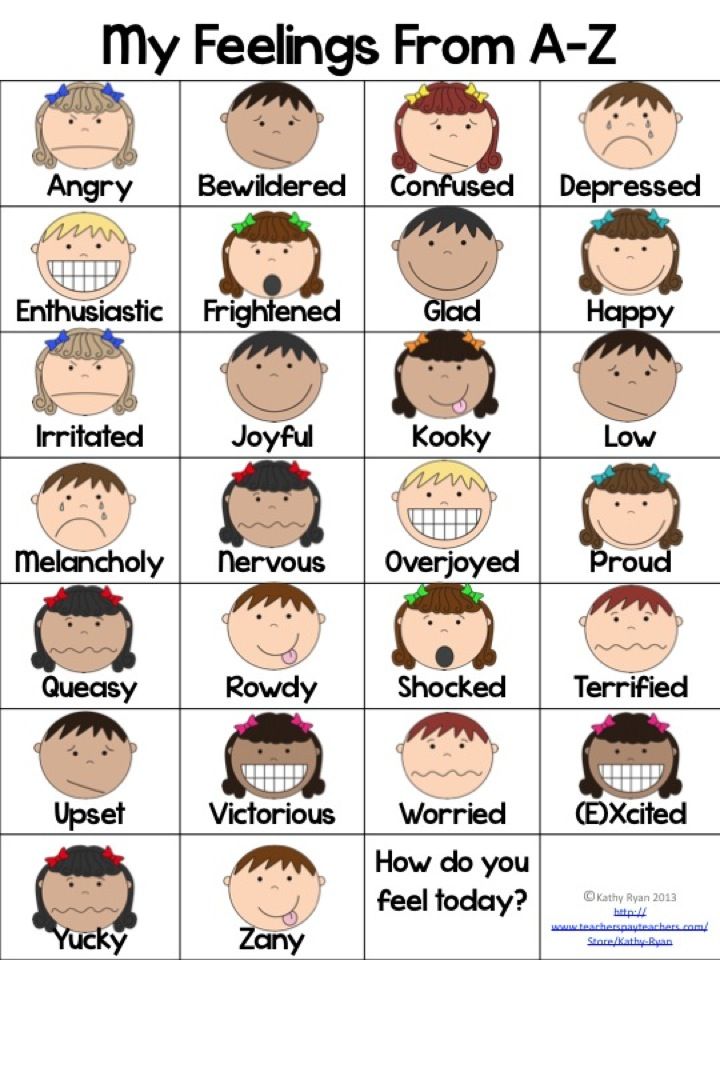 Once they can recognize it in themselves, they can pick up on facial expressions and body language of others and then learn to react accordingly. In your morning meetings, perhaps spend five minutes modeling and discussing different emotional states.
Once they can recognize it in themselves, they can pick up on facial expressions and body language of others and then learn to react accordingly. In your morning meetings, perhaps spend five minutes modeling and discussing different emotional states. - Clip Chart: One way to encourage recognition of feelings is to provide a visual reference for them to use. A clip chart helps students to recognize and identify how they are feeling. They simply place a clip on the chart in the space that shows how they are feeling.
- Play Games: One fun way to introduce, teach, and practice the names of emotions is to play an engaging game with students, such as these emoji card games, matching games, and board game.
2. Teaching Kids Healthy Expression of Emotions
We all feel the full range of emotions. Wherever they are on the happy or sad, engaged or bored, proud or embarrassed, ends of the spectrum, we can help them express those emotions in a safe and healthy way.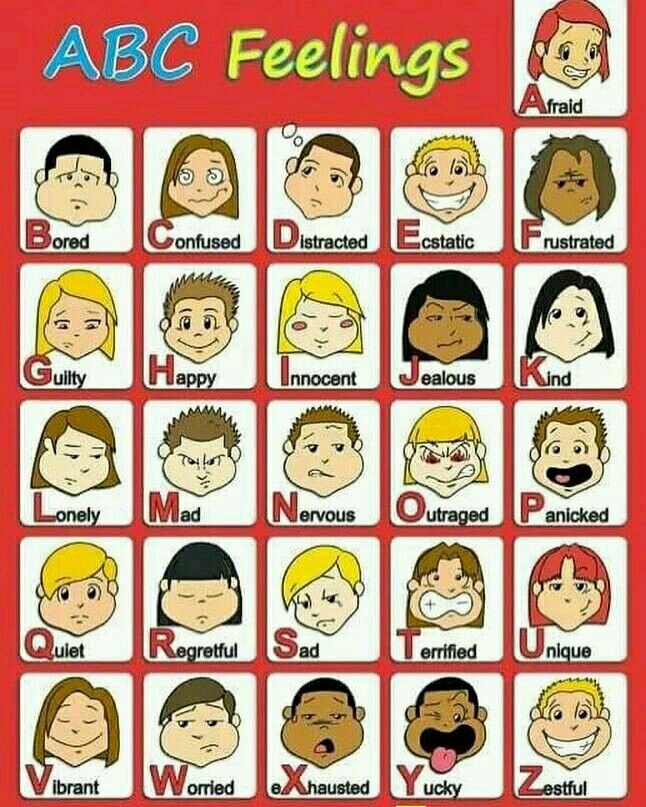 The classroom is a great place to learn and practice!
The classroom is a great place to learn and practice!
- “I Feel…” Statements: To learn how to express their feelings appropriately, students need to be taught how to use “I feel…” statements. Instead of screaming insults at another child who broke his crayon, little Johnny can say “I feel sad that you broke my crayon”, opening up the communication between the two students. This allows for healthy conflict resolution.
- Coping with Extreme Emotions: Sometimes we must step in and help kids deal with the emotional roller coasters they sometimes find themselves on. Their extreme emotions get out of control and they need help finding their way back to calmness. We must realize that addressing the whole brain is key to understanding how to help them best.
- Teaching Emotional Rights: It’s important for children to understand and assert their rights when it comes to emotions. This helps them maintain healthy boundaries with their friends and peers, and be respectful to teachers and adults.
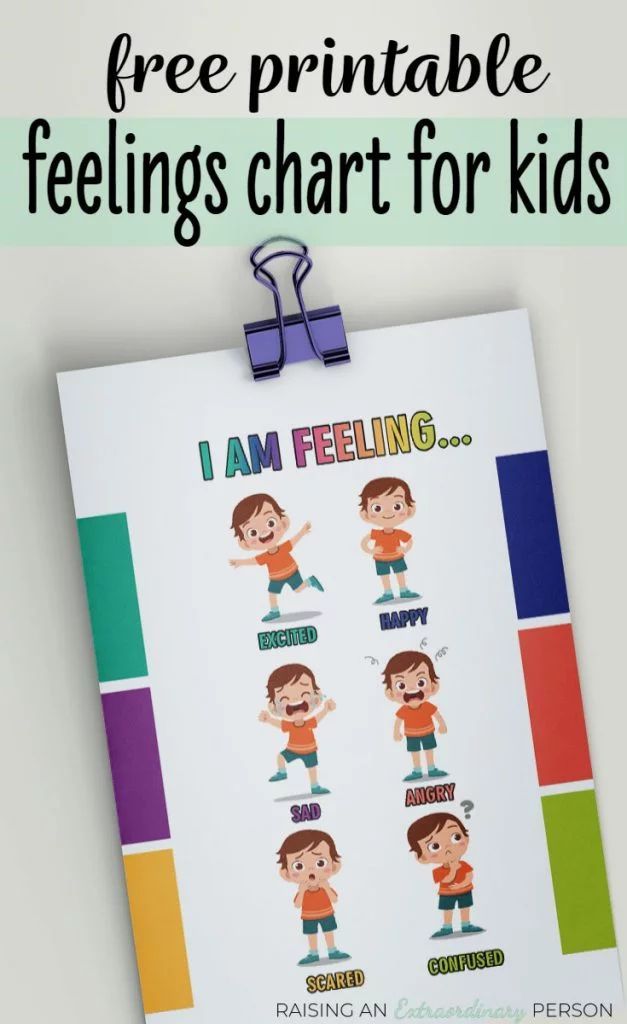
3. Connecting Kids to Experiences with Emotions
Children learn to embrace their emotional state by realizing that it is normal and ok to feel the way they do. It’s our job to give them opportunities to label their feelings correctly. Emotional memory is strong! We can harness that power by helping students connect their experiences in the classroom with their emotions. By recognizing and acknowledging their feelings during a learning activity or classroom event, we can increase the chances of it sticking in our students’ long-term memory. You see, that’s why emotions for kids is so important!
- Journaling: Encouraging students to journal about their feelings is helpful. They express their feelings by writing about learning tasks, field trips, or school events. For one, we often use this learning method in our classrooms for improving handwriting, spelling, vocabulary, and of course writing skills.
- Emotion Sort: Have students sort pictures of children with experiencing different emotions.
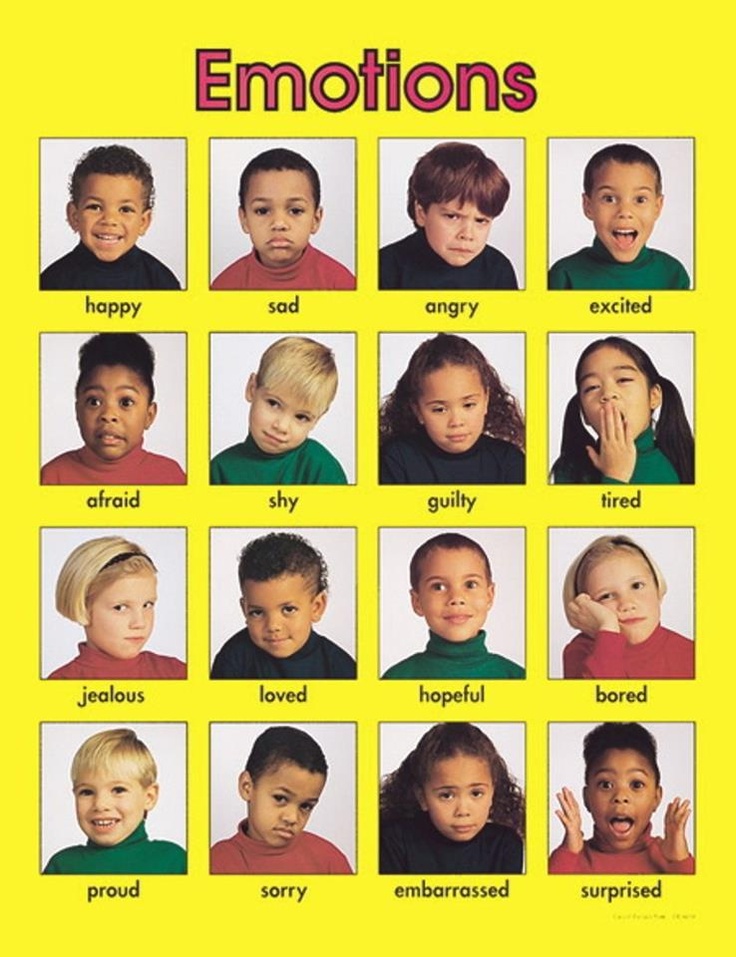 By doing so, they will gain practice recognizing facial expressions and body language and therefore, feel more confident understanding their own and others feelings.
By doing so, they will gain practice recognizing facial expressions and body language and therefore, feel more confident understanding their own and others feelings.
4. Teaching Kids about Brain Biology and Emotions
The human brain is a fascinating subject, even for the youngest learners. Teach them what the parts of the brain are called, and talk about how different parts of the brain control their emotions and feelings.
- Brain Craftivity: Try this fun craft activity that teaches children about the parts of the brain that control the emotions.
- Upstairs and Downstairs: To try to explain how the parts of our brain work together, and how the emotions part can sometimes take over, try explaining it in terms they can understand, such as the “upstairs and downstairs.”
5. Encouraging Kids to Have a Positive Mindset
Additionally, add in self-talk and self-motivation skills. Positive and encouraging self-talk will help your students succeed, and create a more positive classroom environment overall.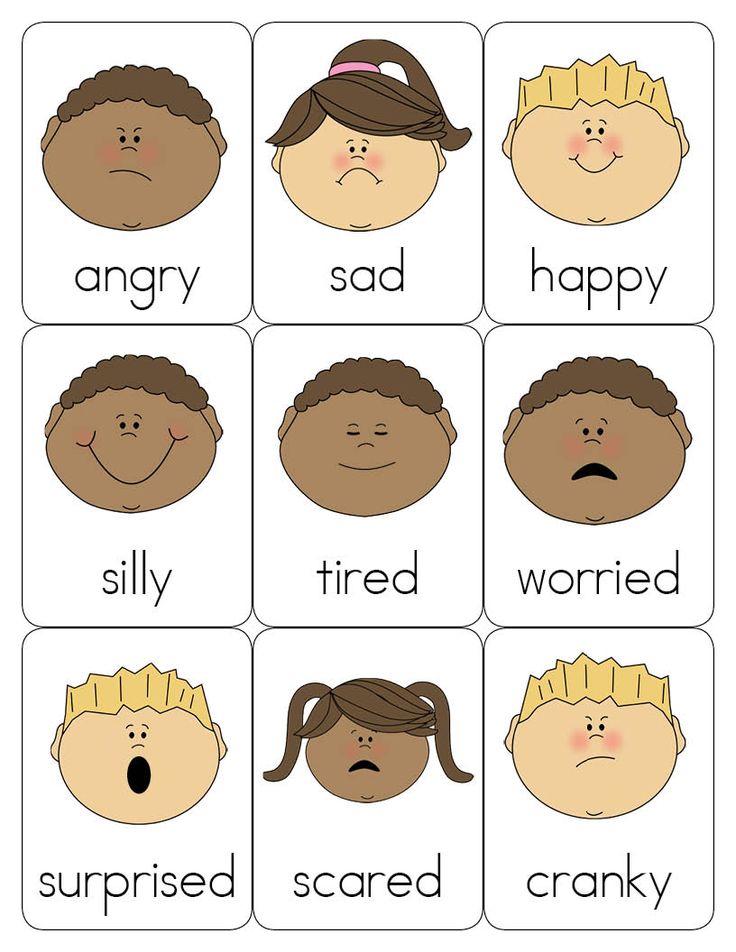 For example, you can teach them ways to feel good and focus on positivity. Here are ways to influence them to have a good attitude at school and teach emotions for kids.
For example, you can teach them ways to feel good and focus on positivity. Here are ways to influence them to have a good attitude at school and teach emotions for kids.
- Create a Vision Board: Vision boards are used in all types of professions, from business to graphic design. They can be used in the classroom too! Help children visualize what they desire and what makes them happy. Precisely, when they have an image in their mind of what makes them thrive, they are more likely to reach their own goals, and ultimately succeed in the classroom.
- My Heart Map: This creative activity encourages children to thoughtfully consider what makes them happy and depict it on paper. It’s a great way to help them own and recognize their emotions and focus more on having a positive outlook.
- Teach Growth Mindset: Any lesson about emotions and feelings can easily be integrated into a growth mindset curriculum plan.
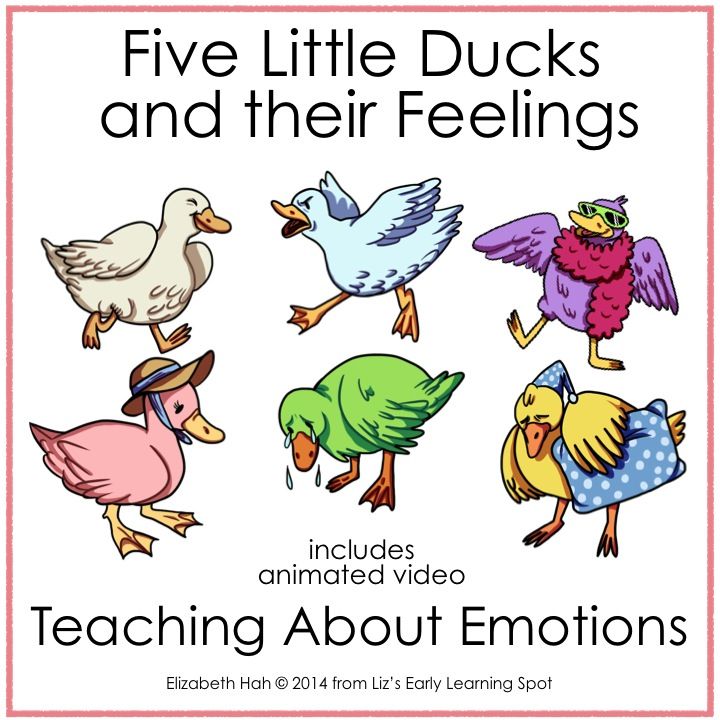 The two go together like peas and carrots!
The two go together like peas and carrots!
Resources for Teaching Emotions with Kids
Emotions Self-Awareness Unit
The Emotions: Social Emotional Learning Unit includes 5 detailed, research-based lessons to teach emotions for kids. It is filled with hands-on and mindful activities. The curriculum teaches children about how their brain controls their emotions. It also teaches how to identify and express how they are feeling, and ways to encourage a positive mindset.
Emotions Book Companions
This emotional awareness resource includes 5 book companions on popular children’s books that relate to feelings and emotions (The Color Monster; The Feelings Book; Glad Monster, Sad Monster; F is for Feelings; In My Heart).
Children will participate in classroom discussions and book chats, share their feelings in written form, and participate in fun, engaging activities that build emotional awareness and social skills.
This emotions book companion resource includes a detailed lesson plan, guided questions, anchor chart, writing response, and follow-up activities (printable and digital included) for all 5 books. Great for distance learning and remote teaching of social-emotional skills!
Great for distance learning and remote teaching of social-emotional skills!
FREE Emotions Lesson & Feelings Journal
Help students learn to identify and process their feelings in an emotions journal.
Download a free lesson and activities on identifying and labeling emotions from the Emotions unit by clicking the image below and signing up.
Social-Emotional Learning Curriculum
The mind + heart Social Emotional Learning Curriculum includes 8 units with 5+ detailed, character education, research-based LESSONS filled with TONS of hands-on and mindful ACTIVITIES that encourage children to express themselves and build important emotional and social skills. It includes emotions for kids!
More About Teaching Emotions
Emotional Skills Books and Videos
Self Regulation Strategies, Books & Videos
Empathy Skills Books & Videos
PIN for Later
FREE Social Emotional Learning Email Series
Sign up for the social emotional learning email course filled with tips to get you started, lesson and activity ideas, PLUS tons of FREE resources you can access right away.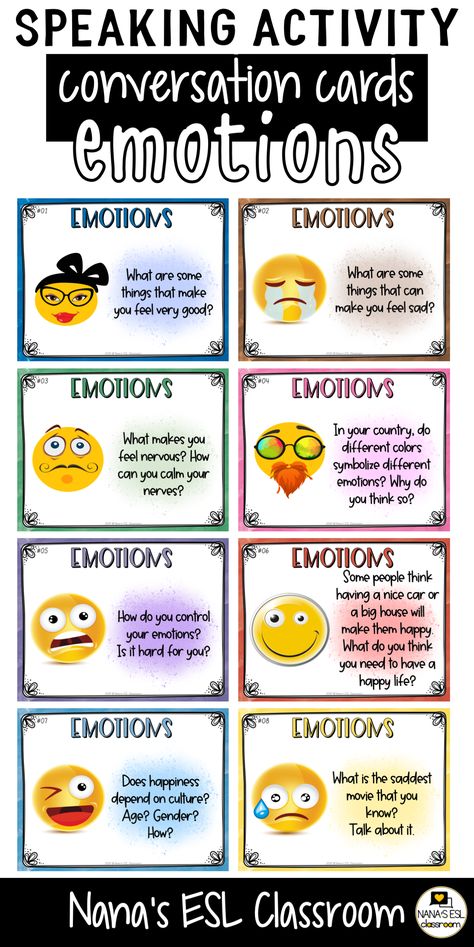 Everything you need to teach social skills and emotional literacy in the classroom!
Everything you need to teach social skills and emotional literacy in the classroom!
First Name
Personal Email Address
We use this field to detect spam bots. If you fill this in, you will be marked as a spammer.
I'd like to receive the free email course.
This form collects information I will use to send weekly emails with strategies, promotions, and resources. Unsubscribe at any time. Powered by ConvertKit9 Ways To Teach Children About Feelings
I often tell my children to use their words when they are upset. I assume they know what they are feeling and can verbalize it to me. Wrong! It’s difficult for children to say what they are feeling because many times they don’t know what to name the feeling they are experiencing. Instead, they show us how they are feeling by throwing temper tantrums and having meltdowns. We first need to teach children the words to express their feelings before we require them to “use their words.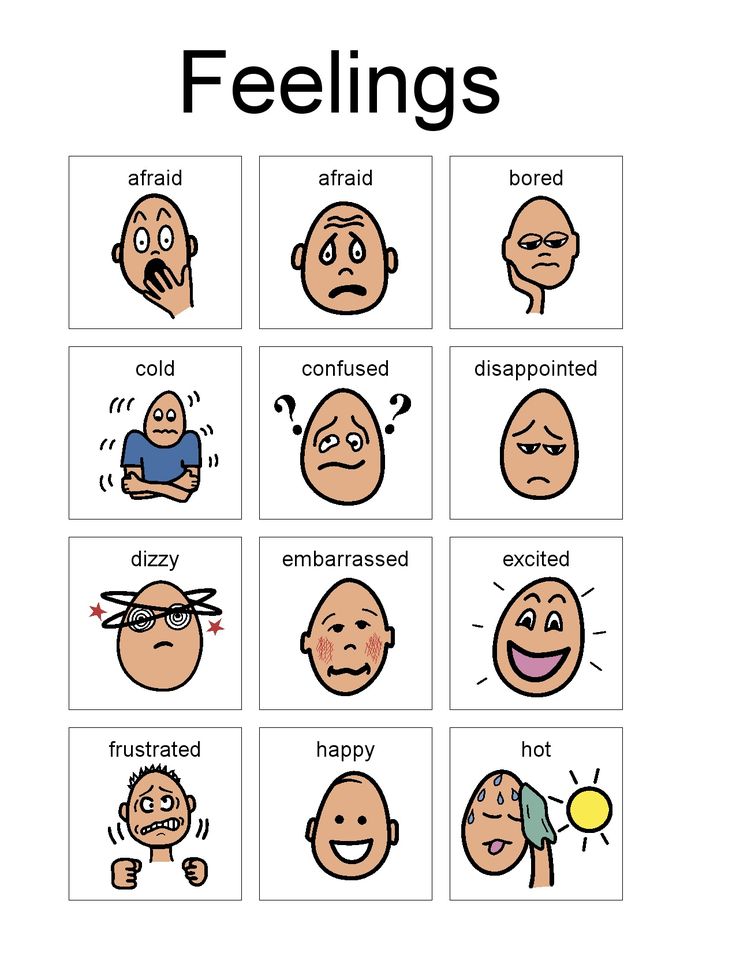 ”
”
Young children can be taught basic emotions such as happy, mad, sad, and scared as early as two years old. As they get older, you can explain emotions such as feeling frustrated, nervous, shy, etc. to them.
Here are some ways you can help your child learn the language they need to express their feelings:
1. Sing songs to help young children learn how to express their feelings. I came across this version of a preschool classic, If you are happy and you know it at Sunflowersstorytime.com. It goes:
If you’re happy and you know it clap your hands.
If you’re surprised and you know it say “Oh my!”
If you’re sad and you know it rub your eyes “Boo hoo”
If you’re scared and you know it shiver and shake.
If you’re sleepy and you know it close your eyes.
If you’re angry and you know it stomp your feet.
And always make sure end up with “happy” again.
They suggest having pictures of each emotion to show the kids as they sing the song.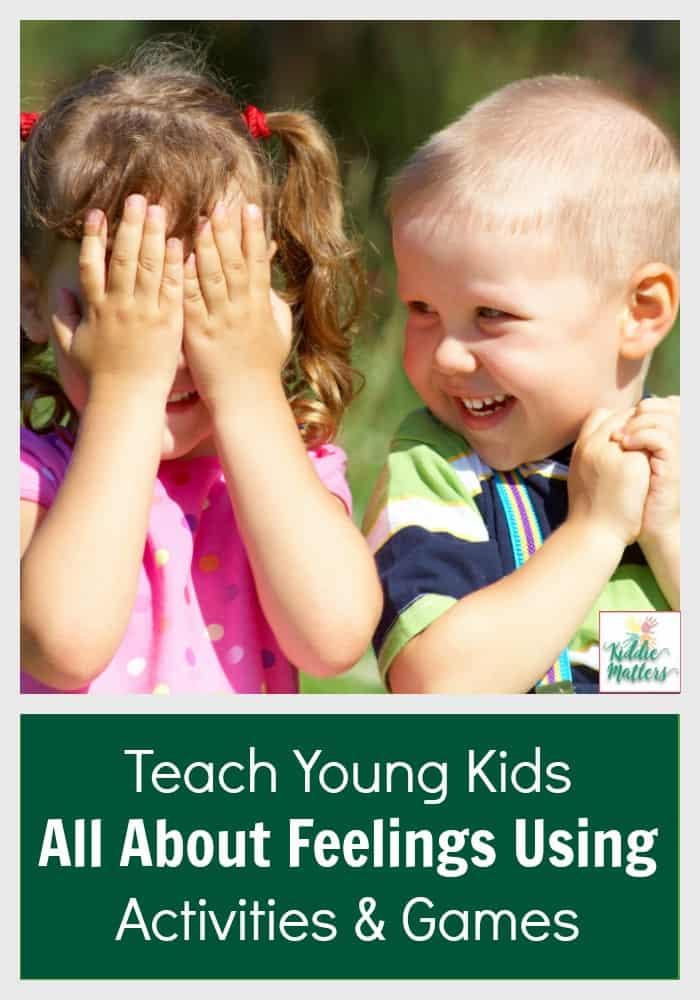
2. Use games and activities to teach children about feelings.
Children like learning through playing and having fun. A fun game to help kids learn about feelings is Feelings Charades.
For this game you will need to make a feelings cube. Paste pictures of feeling faces on a tissue box. Have kids roll the box and whatever feeling face it lands on they have to act out.
You can find free feeling picture cards here.
You can also use the cards to play Memory. Simply print out two sets of Feeling Cards, shuffle them and then have your child find the matching Feelings Card.
3. Watch kid-friendly videos about feelings. Kids respond well to visual stimulation. Here are two videos I like to show kids to help them learn about feelings:
- Elf Feelings Video
- The Feeling Song
4. Get into the habit of labeling the feelings you believe your child is experiencing. For example, if your child runs up to you and hugs you as you walk through the door, you can say something like “someone is excited to see me” or “someone is happy I’m home.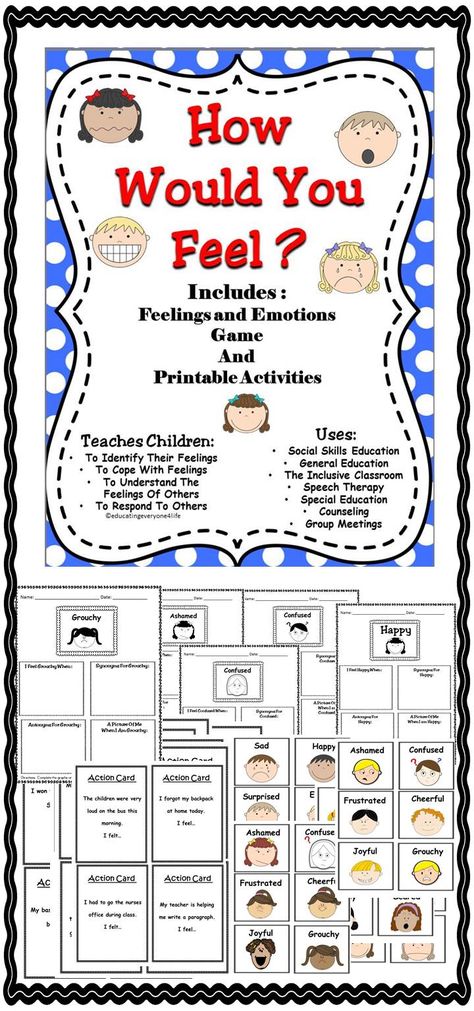 ” Labeling your child’s feelings as they happen helps them to build their feelings vocabulary.
” Labeling your child’s feelings as they happen helps them to build their feelings vocabulary.
5. When you read to your child, discuss how the characters in the story are feeling.
Point out any clues that lets you know what they are feeling such as facial expressions or behaviors. Then explain to your child why the characters feel the way they do. If your child is able to, let them take a turn identifying how the characters are feeling and why.
I like to read The Way I Feelto young children because it uses beautiful images to describe a range of feelings.
6. When your child does something that upsets someone else, let them know how their behavior might make others feel. For example, “When you called your sister names, she felt sad and her feelings were hurt. “ This will help your child be mindful of what they say and do to others. You can follow up by asking how they would feel if someone did the same thing to them.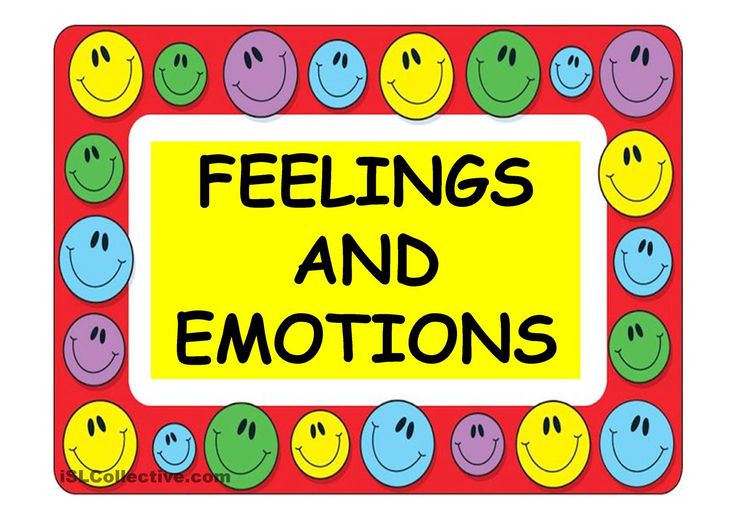 Encouraging your child to put themselves in someone else’s shoe teaches them how to be empathetic. Empathy is an important life skill that will allow your child to maintain positive relationships with other people.
Encouraging your child to put themselves in someone else’s shoe teaches them how to be empathetic. Empathy is an important life skill that will allow your child to maintain positive relationships with other people.
7. Model appropriate ways to express feelings to your child. Children are always watching us and like sponges they soak everything up. Good and bad. If your child sees you expressing your feelings in a positive way, over time they learn to do the same. However, if they see you yelling and throwing things when you get upset, they are more likely to mimic this behavior.
8. Teach your child appropriate ways to express their emotions.
It’s important that children learn that it is OK to have their feelings. What matters is how they express them. When your child is calm, discuss with them ways they can calm down when they are upset. The ABC’s of Calming Down is a great resource that contains 26 alphabetized calm down strategies to help children calm down.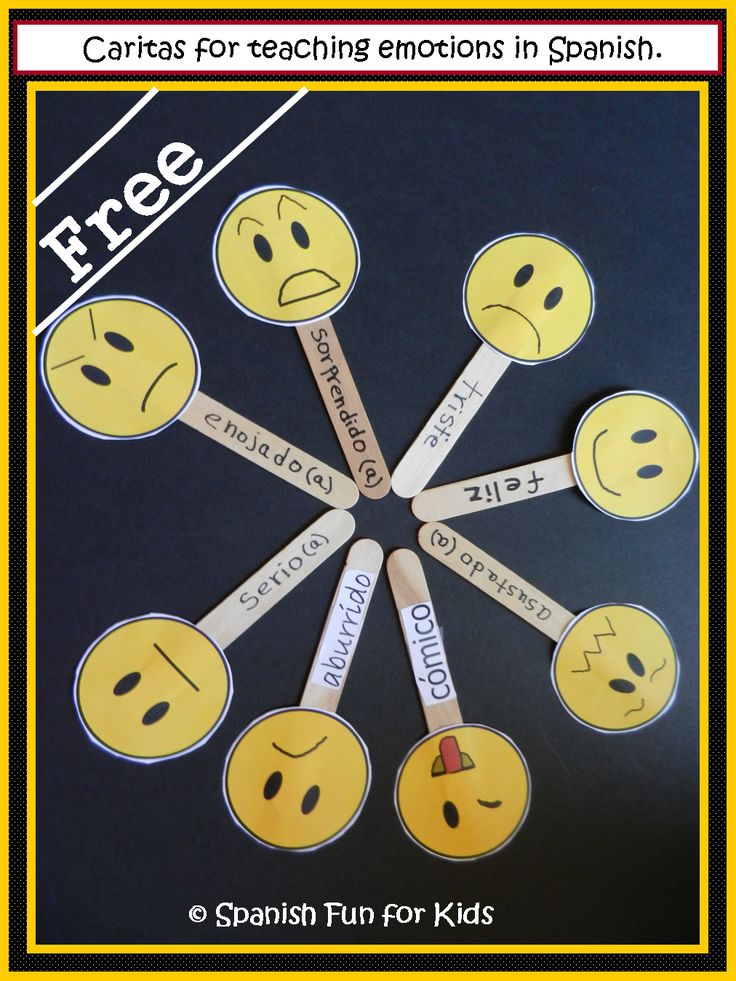
9. Praise your child when they use words to express their feelings. Having the self-control to express your feelings appropriately is no easy feat. There are many adults who are unable to do this. When your child tells you how they are feeling instead of having a complete melt down, praise them for doing so. Be very specific. For example, “I like how you told your sister that you were sad when she called you names. That was very mature of you.” Praising your child for practicing good behavior makes them more likely to do it again in the future. It also lets them know that you are watching them and notice when they do good things.
It is important that children learn how to identify and express their feelings in an appropriate manner. Kids who are able to express their feelings are less likely to have meltdowns and temper tantrums. They also have an easier time making friends and getting along with others. For additional resources on teaching children about feelings, check out these Feelings Task Cards.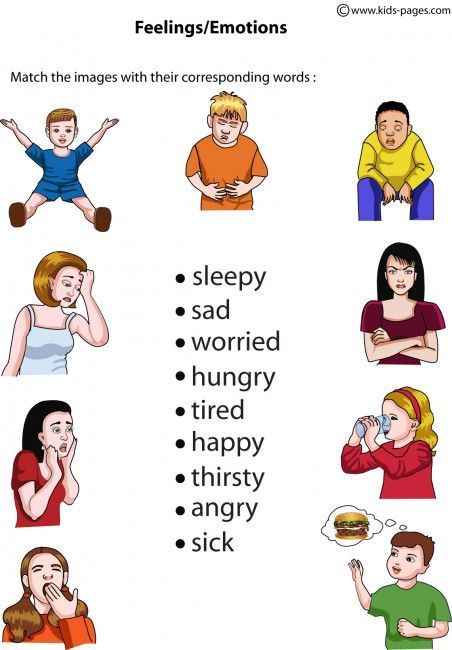
In what ways do you foster your child’s emotional intelligence?
If you like this article you might also like these articles. (Click on images)
www.Psyarticles.ru - educational articles on psychology
Educational materials on psychology and psychological articles - the main content of the site.
The project is largely designed for self-education of readers who have not previously systematically studied psychology, but it may also be useful for specialists who are expanding their professional horizons.
The materials of the site are the most important and interesting fragments of textbooks and scientific papers from the most diverse branches of psychology.
The project will be useful to psychologists and doctors, students and teachers, specialists in the field of management, as well as a wide range of readers interested in modern psychology.
Prerequisites for the emergence of a conflict in the process of communication
Consider the features of human behavior in a conflict situation, primarily in the process of communication.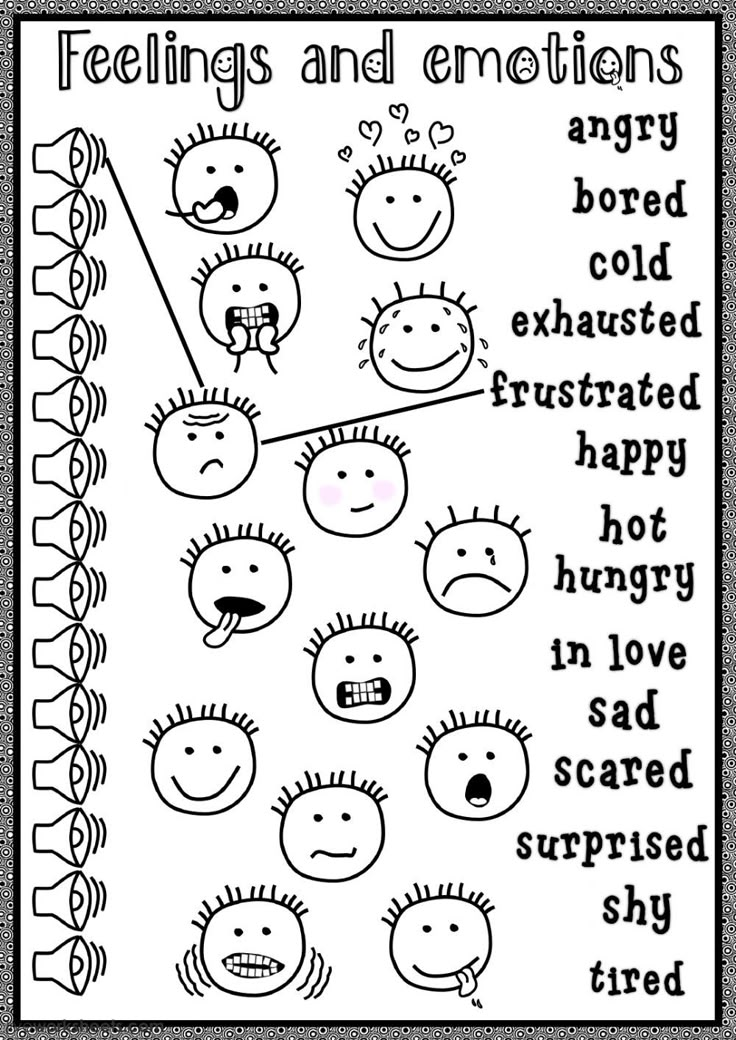 In the process of human relationships, as you already know from the previous sections, the process of communication involves the following three factors: perception, emotions, and information exchange. In conflict situations, it is easy to forget about it. Therefore, we briefly consider what can create the basis for their occurrence.
In the process of human relationships, as you already know from the previous sections, the process of communication involves the following three factors: perception, emotions, and information exchange. In conflict situations, it is easy to forget about it. Therefore, we briefly consider what can create the basis for their occurrence.
Social and psychological background. The first difficulty is the disagreement due to the discrepancy between your reasoning and the reasoning of the other side. After all, the way you see the problem depends on which bell tower, figuratively speaking, you look at it from.
The specifics of conflicts in educational processes
In the cultural-historical approach of L.S. Vygotsky, the processes of education are considered, on the one hand, as intended to resolve the contradictions of the development of society, on the other hand, as having an internally contradictory character.
We adhere to this approach, and following L.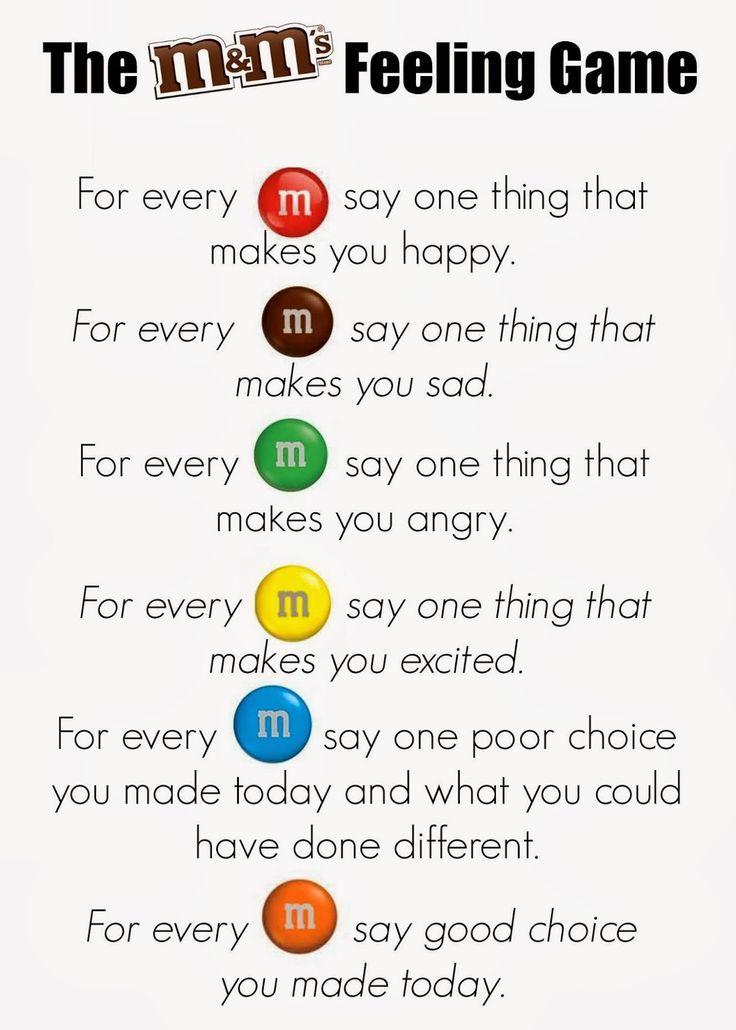 S. Vygotsky and his followers proceed from the fact that conflict is a mechanism for the development of human activity and, accordingly, personality.
S. Vygotsky and his followers proceed from the fact that conflict is a mechanism for the development of human activity and, accordingly, personality.
Modern psychology: its tasks and place in the system of sciences
In recent years, there has been a rapid development of psychological science, due to the variety of theoretical and practical problems facing it. In our country, interest in psychology is especially indicative - it is finally beginning to be given the attention it deserves, and in almost all branches of modern education and business.
The main task of psychology is the study of the laws of mental activity in its development. Over the past decades, the range and directions of psychological research have significantly expanded, and new scientific disciplines have emerged.
Methods of psychology
Methods of scientific research are those techniques and means by which scientists obtain reliable information that is used further to build scientific theories and develop practical recommendations.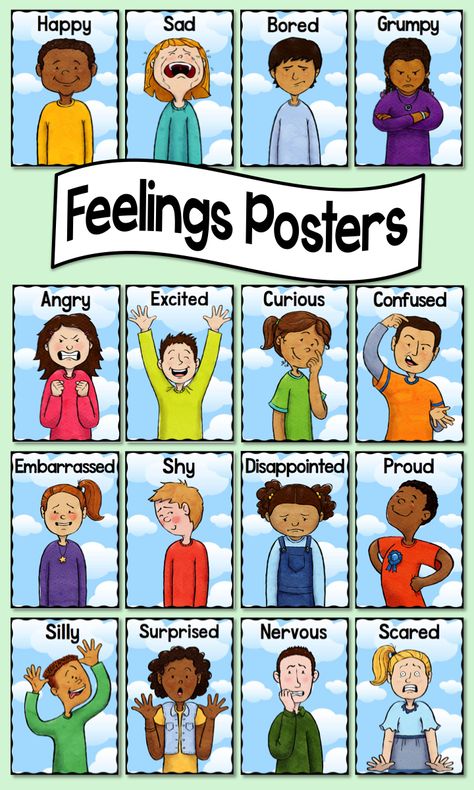
The strength of science largely depends on the perfection of research methods, on how valid and reliable they are, how quickly and effectively a given branch of knowledge is able to perceive and use all the newest, most advanced that appears in the methods of other sciences.
Algorithm for assessing the reliability of information as a result of a psychophysiological study using a polygraph
Twenty years ago, the use of a device capable of distinguishing lies from the truth - "lie detector" was the exclusive prerogative of the intelligence services of the leading world powers. Over the past years, the situation has changed dramatically.
Checks on the "detector" have become available to a wide range of consumers - law enforcement agencies, heads of commercial and banking structures, representatives of personnel services, private security companies and ordinary citizens who want to receive reliable information.
The process of motor skill formation.
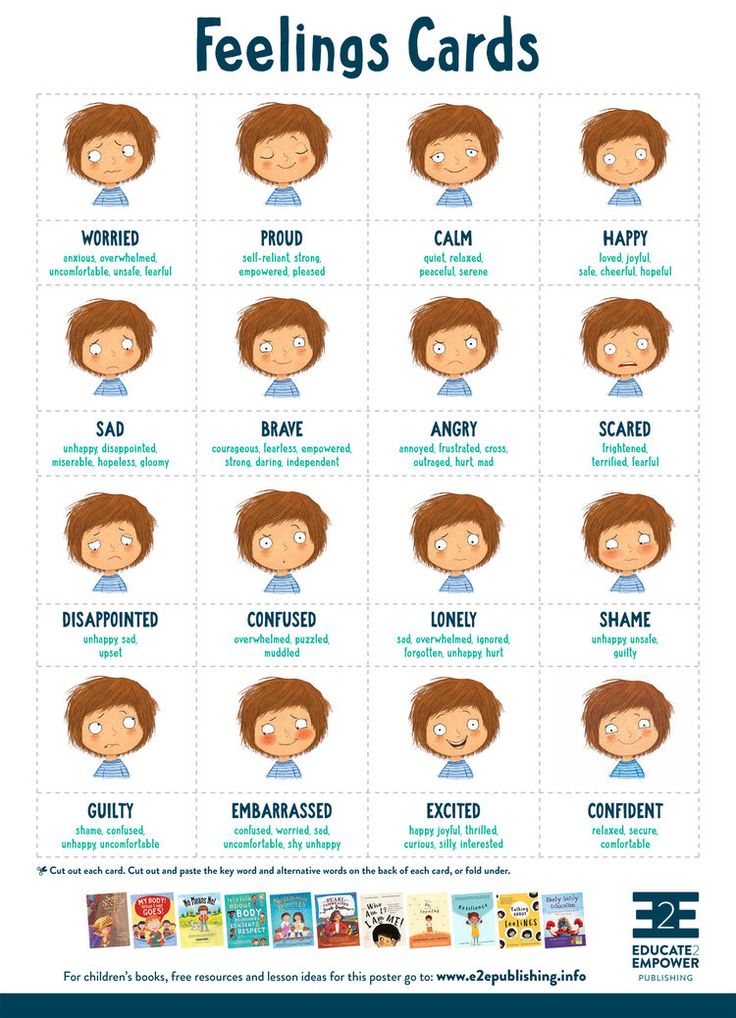 The principle of activity and its development N.A. Bernshtein
The principle of activity and its development N.A. Bernshtein Let's move on to the next important topic, which was revealed in a completely new way by N. A. Bernshtein - the mechanisms of habit formation. This problem is very important for psychology, since the formation of skills is, as you already know, the basis of all learning.
The process of habit formation is described by Bernstein in great detail. He identified many private phases - about seven, which are combined into more general periods. For the first acquaintance, it will be enough to analyze these periods.
The problem of psychodynamic diagnosis
Psychodynamic diagnostics, in contrast to the discrete-descriptive diagnostic approach, rooted in domestic medical and psychological traditions, is primarily a diagnosis of the personality structure from the point of view of its development.
This approach, which provides a holistic and comprehensive analysis of the personality and its psychopathology, determines the specifics of therapeutic methods.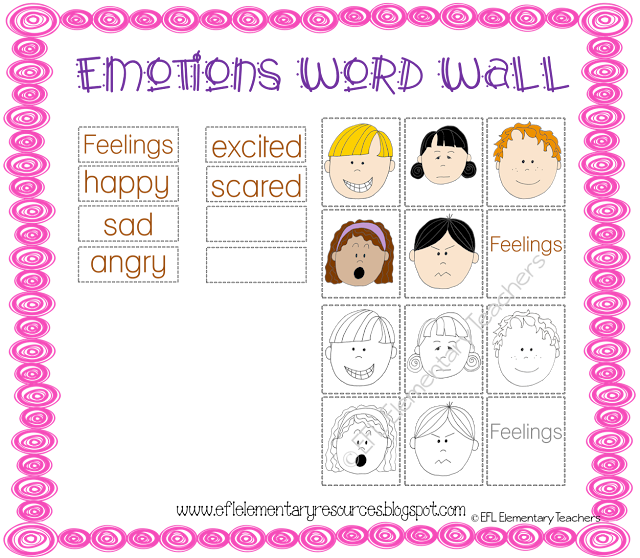
Psychological prevention of conflicts in a team
Many organizational conflicts are easier to prevent than to resolve.
Since specific individuals are the central figures of conflicts in the organization, such prevention should be personality-oriented.
Let's dwell on some particularly significant organizational and managerial conditions that help reduce the conflict of the individual.
Four elements of the persuasion process
The persuasion process consists of the following elements: the agent of influence (message source), the message itself, the conditions under which the message is transmitted (context), and the recipient, that is, the individual to whom the message is intended.
The message itself, depending on its content, how it is formulated and in what form it is presented, can also either convince or inspire. But it may not have any effect at all.
Raising the level of consciousness.
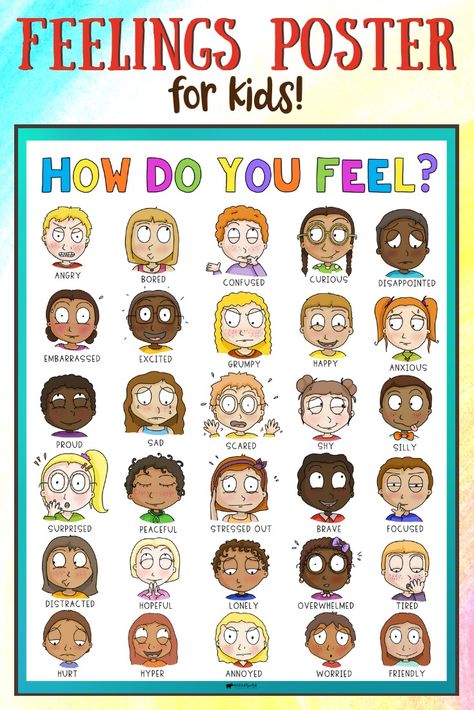 How important is it?
How important is it? The theme of self-improvement and the development of human qualities, one might say, is eternal, while wise people often repeat that the most important task for each person is the development of his own consciousness.
Despite the obvious importance of the topic, there are not so many serious and high-quality materials devoted to this issue, although interesting works do appear from time to time.
Aristotle's teaching about the soul, feelings, will and character.
Aristotle: the soul is a way of organizing the body. Aristotle (384-322 BC) overcame these views, opening a new era in the understanding of the soul as a subject of psychological knowledge. For Aristotle, its source was not physical bodies and incorporeal ideas, but an organism where the corporeal and the spiritual form an inseparable integrity. The soul, according to Aristotle, is not an independent entity, but a form, a way of organizing a living body.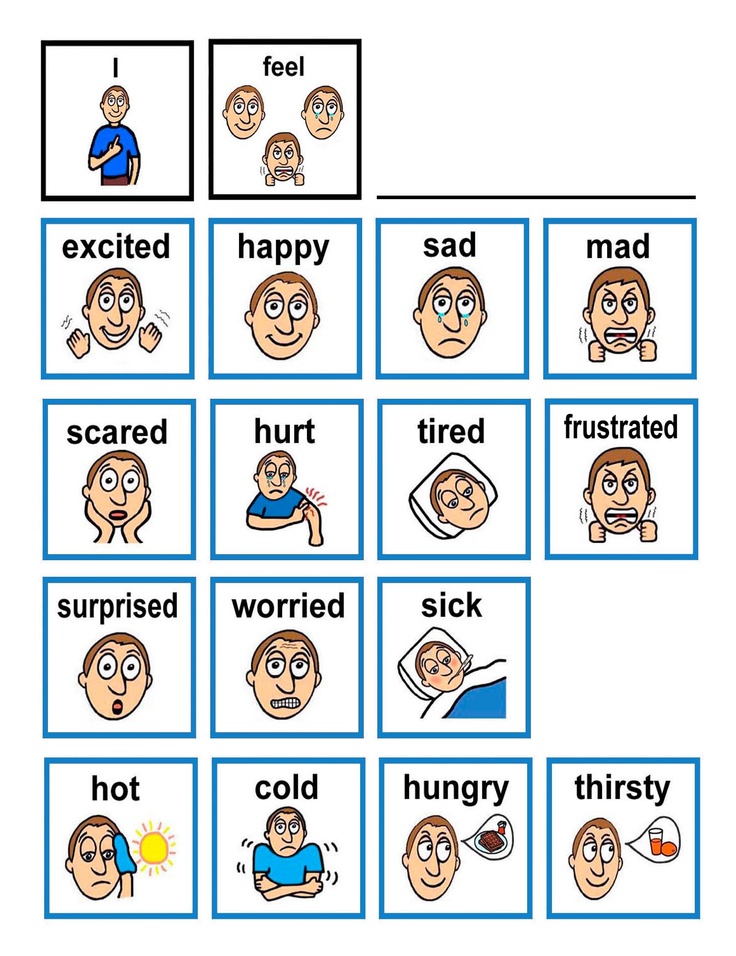 Aristotle was the son of a physician under the Macedonian king and was himself preparing for the medical profession. Appearing as a seventeen-year-old youth in Athens to the sixty-year-old Plato, he studied for several years at his Academy, with which he later broke. The famous painting by Raphael "The School of Athens" depicts Plato pointing his hand at the sky. Aristotle - to the ground. These images capture the difference in orientation between the two great thinkers. According to Aristotle, the ideological wealth of the world is hidden in sensually perceived earthly things and is revealed in direct communication with them.
Aristotle was the son of a physician under the Macedonian king and was himself preparing for the medical profession. Appearing as a seventeen-year-old youth in Athens to the sixty-year-old Plato, he studied for several years at his Academy, with which he later broke. The famous painting by Raphael "The School of Athens" depicts Plato pointing his hand at the sky. Aristotle - to the ground. These images capture the difference in orientation between the two great thinkers. According to Aristotle, the ideological wealth of the world is hidden in sensually perceived earthly things and is revealed in direct communication with them.
The soul was conceived by Aristotle as a way of organizing a living body, the actions of which are expedient. He considered the soul inherent in all living organisms (including plants) and subject to objective, experimental study. It cannot exist without a body, and at the same time it is not a body. The soul cannot be separated from the body.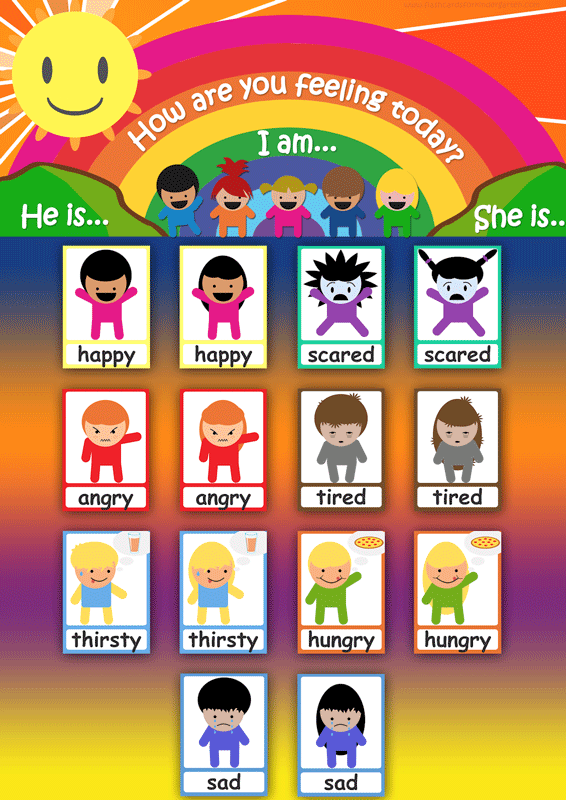 Thus, versions about the past and future of the soul, the ways of its connection with the material body external to it, were rejected. Not the soul itself, but the body, thanks to it, learns, reflects and acts. The primary level of these relations is presented in the processes of nutrition ("vegetative soul") as the assimilation by a living body of the material substances necessary for its existence. This relationship presupposes a specific activity of the organism, due to which the external is absorbed by the living body in a different way from the inorganic one, namely, through an expedient distribution "within the limits of the border and the law." Such a way of assimilation of the external, specific to a living organism, should, according to Aristotle, be considered the soul in its most fundamental biological form. The starting point for life is nutrition as the assimilation of the outside. Aristotle extended this general explanatory principle to other levels of the activity of the soul, primarily to sensory impressions, to the ability to feel, which he interprets as a special likening of the sense organ to an external object.
Thus, versions about the past and future of the soul, the ways of its connection with the material body external to it, were rejected. Not the soul itself, but the body, thanks to it, learns, reflects and acts. The primary level of these relations is presented in the processes of nutrition ("vegetative soul") as the assimilation by a living body of the material substances necessary for its existence. This relationship presupposes a specific activity of the organism, due to which the external is absorbed by the living body in a different way from the inorganic one, namely, through an expedient distribution "within the limits of the border and the law." Such a way of assimilation of the external, specific to a living organism, should, according to Aristotle, be considered the soul in its most fundamental biological form. The starting point for life is nutrition as the assimilation of the outside. Aristotle extended this general explanatory principle to other levels of the activity of the soul, primarily to sensory impressions, to the ability to feel, which he interprets as a special likening of the sense organ to an external object. However, here, unlike nutrition, it is not the material substance that is assimilated, but the form of the object.
However, here, unlike nutrition, it is not the material substance that is assimilated, but the form of the object.
The soul has various abilities as stages of its development: vegetative, sensual and mental (inherent only in man). In relation to the explanation of the soul, Aristotle, contrary to his postulate of the inseparability of the soul and the body capable of life, believed that the mind in its highest, essential expression is something different from the body. The hierarchy of levels of cognitive activity was completed by the "supreme mind", which did not mix with anything bodily and external.
Aristotle considered the central organ of the soul not the brain, but the heart, connected with the sense organs and movements through blood circulation. The organism captures external impressions in the form of images of "fantasy" (this meant representations of memory and imagination). They are connected according to the laws of association of three types - contiguity (if two impressions followed each other, then later one of them causes the other), similarity and contrast.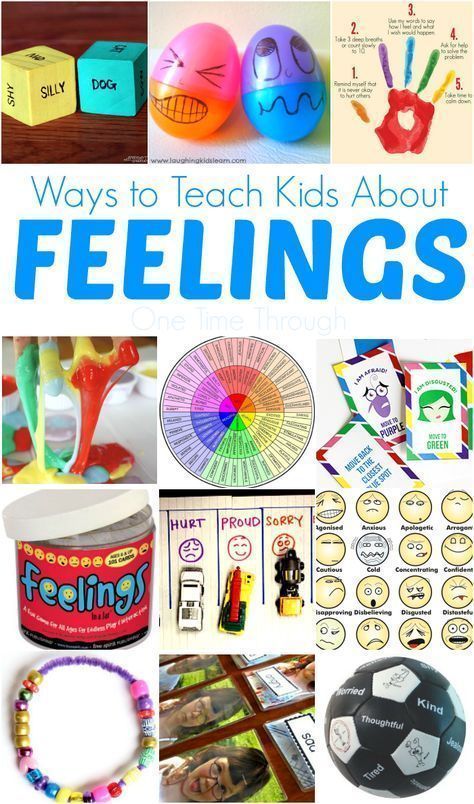 (These laws discovered by Aristotle became the basis of the direction, which later received the name of associative psychology.)
(These laws discovered by Aristotle became the basis of the direction, which later received the name of associative psychology.)
The doctrine of the will develops Aristotle in connection with the characteristics of action.
“All people do one thing involuntarily, another voluntarily, and of what they do involuntarily, one thing they do by accident, the other by necessity; from what they do out of necessity, one they do under compulsion, the other according to the requirements of nature. Thus, everything that is done by them involuntarily is done either by chance, or by virtue of the requirements of nature, or by compulsion. And what is done by people voluntarily and the cause of which lies in themselves, they do one thing out of habit, another under the influence of striving, and at the same time one under the influence of a rational striving, the other unreasonable.
All human actions are divided into involuntary and arbitrary, depending on where the basis of the action is located: outside the subject or in himself.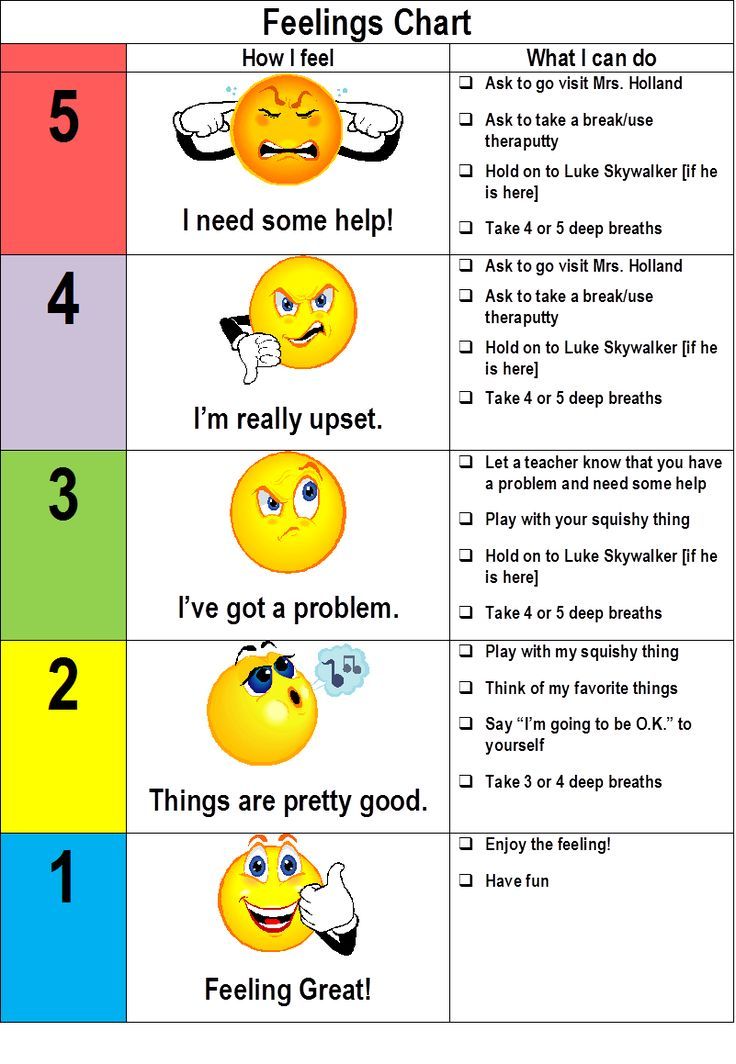 Voluntary actions and volitional actions are not identical concepts. Volitional are only actions based on a reasonable desire. It is called intention and is the result of a careful weighing of motives—deliberation. Volitional actions are directed to the future. They have a reasonable calculation. Therefore, Aristotle says: "At least two abilities move - aspiration and mind." The mind thinks about the goal - whether it is achievable for a person or not, and about the consequences if the action is taken. Therefore, where there is no reason, there is no will (in animals, small children, insane people). Volitional action, so carefully calculated, is free and responsible. Therefore, both beautiful and shameful actions are in our power: vice and virtue are equally free, their psychological mechanism is the same.
Voluntary actions and volitional actions are not identical concepts. Volitional are only actions based on a reasonable desire. It is called intention and is the result of a careful weighing of motives—deliberation. Volitional actions are directed to the future. They have a reasonable calculation. Therefore, Aristotle says: "At least two abilities move - aspiration and mind." The mind thinks about the goal - whether it is achievable for a person or not, and about the consequences if the action is taken. Therefore, where there is no reason, there is no will (in animals, small children, insane people). Volitional action, so carefully calculated, is free and responsible. Therefore, both beautiful and shameful actions are in our power: vice and virtue are equally free, their psychological mechanism is the same.
In essence, the will is characterized by Aristotle as a process that has a social nature; decision-making is connected with a person's understanding of his social duties.
About character.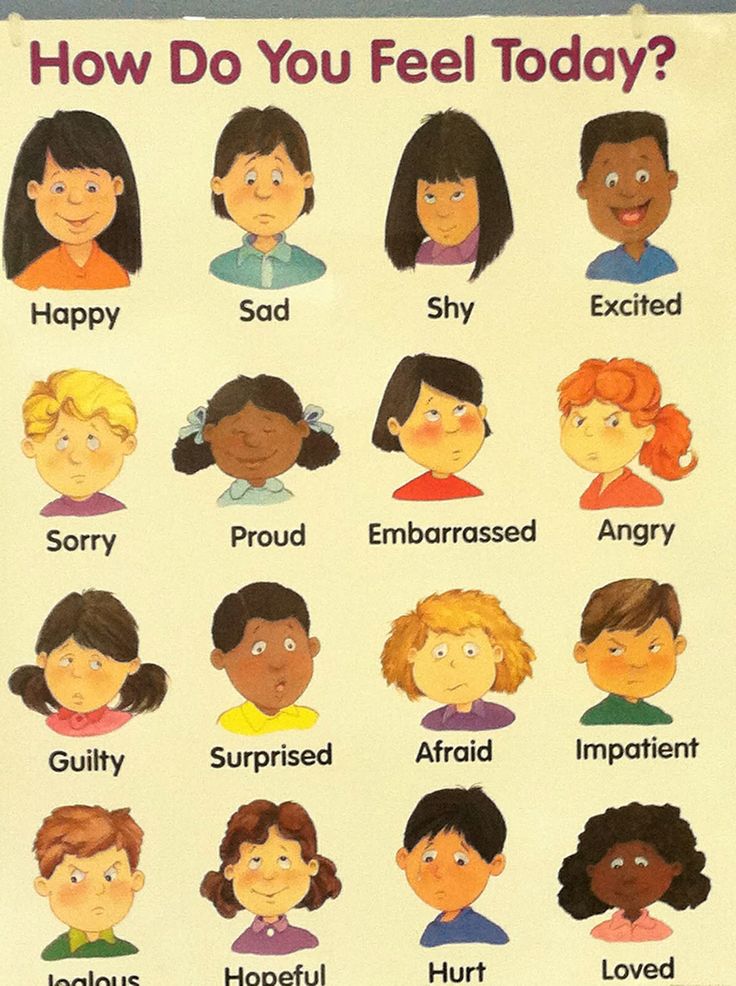
Passions (affects) as strong movements of the soul Aristotle opposes stability of character. Character expresses the essence of a person. Aristotle gave a description of the spiritual qualities - mores - of people in accordance with their age, social status, profession. Character is not a natural property, its features are formed as a result of experience. The characteristic features inherent in people of noble birth, as well as youth, old age, and mature age are described with specificity inherent in Aristotle. This doctrine was developed by Aristotle's disciple Theophyllinus (370-288 BC).
In his treatise "Characteristics", he singled out 30 characters (a hypocrite, a flatterer, a talker, a redneck, a kowtowing, moral freak, a talker, a peddler of news, an impudent, avaricious, insolent, holy simplicity, obsessive, unsociable, superstitious, a grump, incredulous, slob, annoying, conceited, quarrelsome, braggart, arrogant, coward, aristocrat, young old man, slanderous, altynnik) and gave their description based on observation of the actions of people.